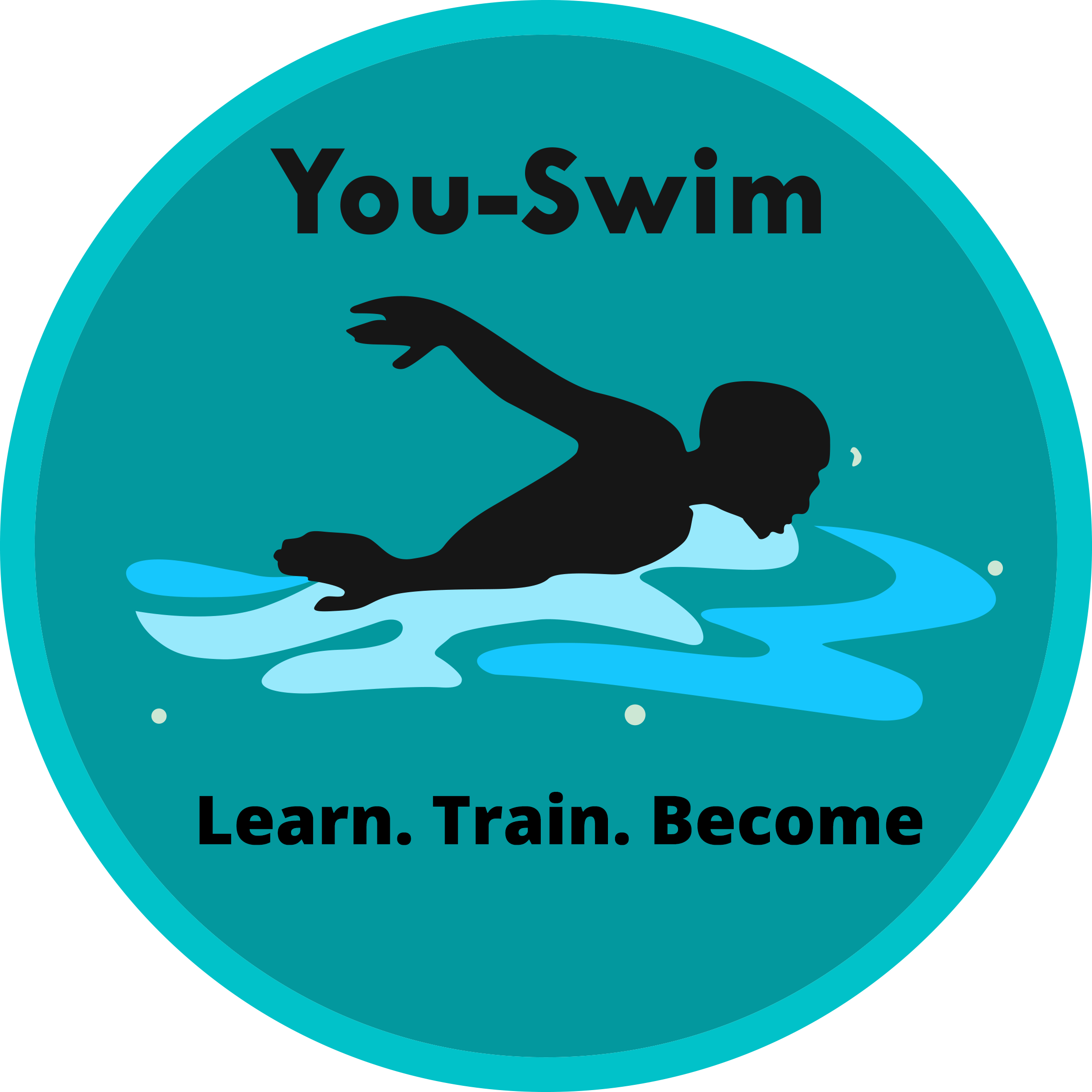Introduction
Swimming is a crucial life skill that provides numerous physical, mental, and social benefits for children. Despite its importance, many schools in Kenya have yet to integrate swimming into their curriculum due to challenges such as limited resources, lack of facilities, and inadequate swimming instructors. However, with proper planning and investment, schools can successfully introduce swimming lessons, ensuring that students gain essential water safety skills while also enhancing their physical fitness and mental well-being.
Benefits of Swimming in Schools
1. Enhances Physical Health and Fitness
Swimming is a full-body workout that helps improve cardiovascular endurance, muscle strength, coordination, and flexibility. Unlike other sports, it is low-impact, making it suitable for children of all fitness levels
2. Promotes Mental Well-being
The calming effect of water, combined with rhythmic breathing and movement, helps reduce stress and anxiety in children. Research has shown that swimming can enhance mood, concentration, and cognitive function, making students more focused on their academic pursuits
3. Teaches Essential Water Safety Skills
Drowning is a major concern in Kenya, especially in areas near lakes, rivers, and the ocean. By teaching students how to swim and follow water safety protocols, schools can help reduce drowning incidents
4. Encourages Discipline and Teamwork
Swimming lessons instill discipline, goal-setting, and perseverance in students. Additionally, it fosters teamwork and social interaction, especially in school swim teams
5. Provides Opportunities for Talent Development
Introducing swimming as a sport allows talented students to pursue competitive swimming, which could open doors to scholarships and national/international competitions.
Steps to Integrate Swimming into the Curriculum
1. Assessing Feasibility and Infrastructure
Schools need to evaluate whether they have the space and budget to build a swimming pool. If constructing a pool is not feasible, schools can partner with nearby swimming facilities or clubs to offer lessons.
2. Hiring Qualified Swimming Instructors
Professional swimming coaches should be engaged to provide structured lessons. These instructors should be certified in first aid and water rescue techniques.
3. Developing a Comprehensive Swimming Program
A structured curriculum should be developed, covering:
- Basic water safety and survival skills
- Beginner, intermediate, and advanced swimming techniques
- Lifesaving skills, such as floating and treading water
- Competitive swimming training for interested students
4. Scheduling Swimming Lessons
Swimming lessons should be incorporated into the physical education (PE) curriculum. Schools can allocate weekly or bi-weekly swimming sessions for different classes.
5. Ensuring Student Safety and Supervision
Safety measures should include:
- Lifeguards on duty during all swimming sessions
- Proper swim gear, such as life vests for beginners
- Health screenings to ensure students are fit for swimming
6. Engaging Parents and Stakeholders
Schools should educate parents about the benefits of swimming and seek their support. This could involve fundraising for pool construction or transport arrangements to external swimming facilities.
7. Integrating Swimming into Extracurricular Activities
Apart from PE lessons, schools can establish swim clubs and participate in inter-school swimming competitions to encourage student participation.
Overcoming Challenges
1. Addressing Infrastructure Limitations
Schools with financial constraints can collaborate with community pools, private sports clubs, or government initiatives that support sports development in schools.
2. Training More Swimming Instructors
A shortage of qualified swimming teachers can be tackled by offering teacher training programs in partnership with sports organizations.
3. Changing Mindsets About Swimming
Some parents and administrators may not see swimming as a priority. Schools can conduct awareness campaigns to highlight the safety and academic benefits of swimming.
Conclusion
Integrating swimming into school curriculums in Kenya is essential for fostering healthier, safer, and more well-rounded students. With careful planning, resource mobilization, and community support, schools can successfully implement swimming programs, equipping students with lifelong skills while also nurturing future athletes.
Why Should You Choose Us for School Swimming Programs?
At You-Swim, we specialize in providing high-quality swimming lessons tailored for schools. Our structured programs focus on water safety, skill development, and physical fitness, ensuring that students gain essential swimming skills in a safe and fun environment. Whether your school is looking to introduce swimming as part of the curriculum or enhance existing programs, we offer certified instructors, customized lesson plans, and flexible scheduling options.
Contact Us
Get in touch with our swimming school today to discuss how we can help your school integrate swimming into its curriculum. Call us at 0790407181, email us at bookings@youswim.co.ke, fill out the form below, or visit our page here to learn more about our school swimming programs. We look forward to partnering with your school to create confident and skilled swimmers!


